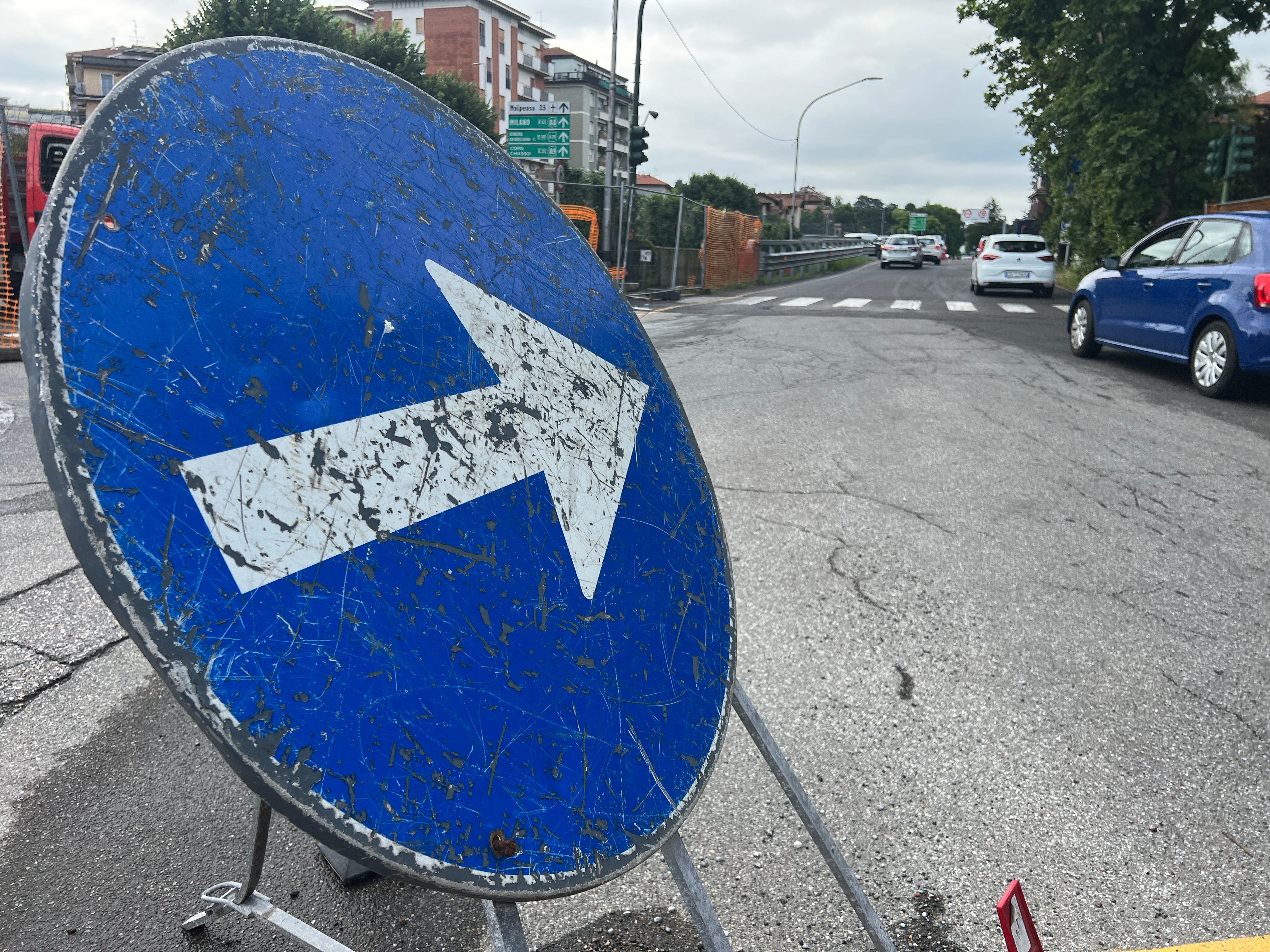Questo è pazzesco, I thought (or at least I would have done if only I could think in Italian).
This is crazy.
I am on the world’s first motorway, and even on a Sunday afternoon it is a heaving mass of traffic. But when the Milan-Varese superhighway opened 100 years ago this month, car ownership in Italy was barely measurable – just 0.2 per cent of today’s levels.
Yet what began as a two-lane project to help the Milanese motorists reach the fresh air of the Italian lakes now consumes a huge swathe of countryside.
How the original autostrada has expanded: first two, then four, six, eight and now 10 lanes of traffic jostle and rumble along the A8. This arterial motorway northwest of Milan runs straight as a Roman road out towards Malpensa airport.
But just before it reaches Italy’s biggest hub outside Rome, the A8 swerves north towards the Alps. Trans-European traffic soon peels off to climb towards Switzerland on the E62, a European highway that ends at Nantes on the French Atlantic coast.
But a now-reduced stump of autostrada still aims for the heart of the small, fine city of Varese: a century ago, one end of the world’s first motorway.
The land now known as Italy brought us Europe’s first coherent route network: Roman roads. The movement of people (mostly soldiers) and goods was accelerated by a web of roads that spread from Hadrian’s Wall deep into the Middle East.
Two millennia later, the Italians bestowed the world with what has become the principal means of intercity mobility.

The European Environment Agency defines a motorway as: “A road specially designed and built for motor traffic, which does not serve properties bordering on it.” In other words: something like a railway for the motor age.
In 1909, the Italian founder of the Futurist movement, Filippo Marinetti, wrote in his manifesto: “We want to hymn the man at the wheel, who hurls the lance of his spirit across the Earth … we have already created eternal, omnipresent speed.”
Signor Marinetti was an unusual fellow, since he also urged demolishing all Italian museums and fighting feminism. But the engineer Piero Puricelli was listening.
After the First World War he designed an F-shaped autostrada, with Milan at the base and the branches…
Click Here to Read the Full Original Article at The Independent Travel…
